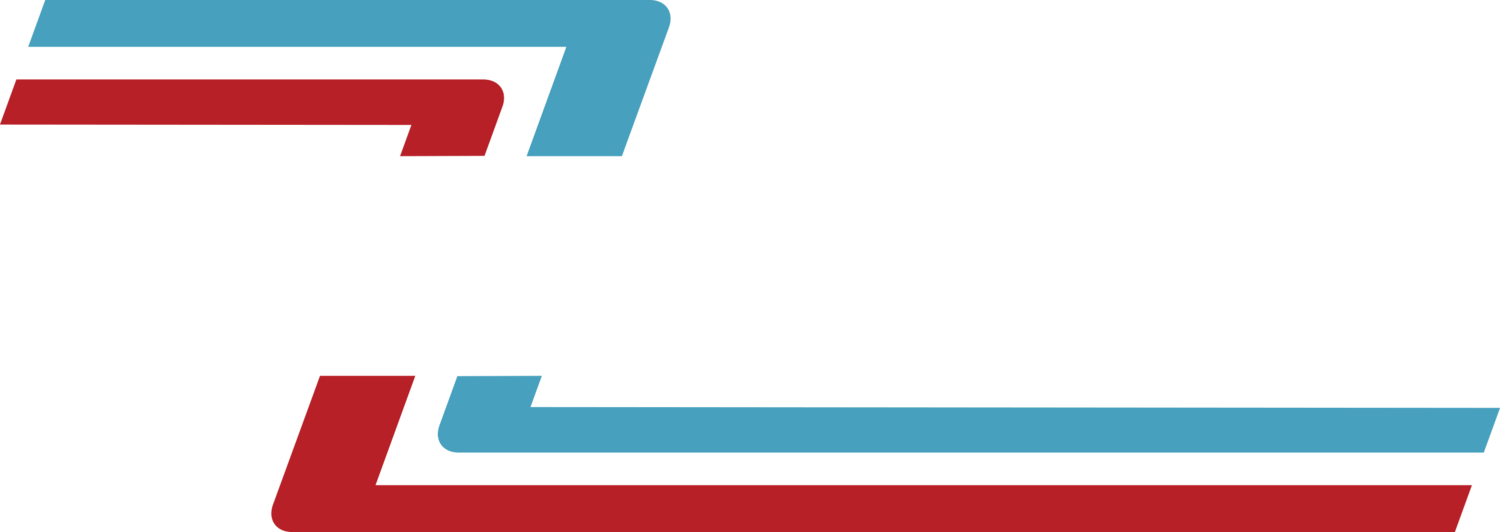Lighting is the most important part of any visual inspection camera system. A well-lit part is easy to inspect. But what happens when the surface is uneven, textured or reflective? Shadows, glare, and inconsistent contrast can turn a straightforward inspection into a guessing game.
At Mectron Inspection Systems, we know that the right lighting setup can mean the difference between catching a flaw and missing it entirely.
Why Uneven Surfaces Challenge Vision Systems
Not all parts are flat and smooth. Castings, machined components and textured materials often have grooves, curves or rough finishes that scatter light unpredictably.
Without the right lighting a visual inspection camera system could struggle with:
Shadows: Deep recesses or angled surfaces can create dark spots and hide defects.
Glare: Reflective materials like polished metal can create bright spots that obscure details.
Low Contrast: If lighting is too uniform, subtle imperfections might blend into the background.
The solution? Choosing the right lighting technique for the job.
Diffuse vs. Directional Lighting: What Works Best?
Not all light is created equal. Depending on the surface, you might need soft, scattered illumination or focused, angled beams.
1. Diffuse Lighting: Eliminating Harsh Shadows
Diffuse lighting spreads light evenly, reducing sharp contrasts and softening shadows. This works well for:
Matte or lightly textured surfaces
Parts with fine details that need consistent visibility
Reducing glare on semi-reflective materials
Ring lights and dome lights are common diffuse sources, wrapping the part in uniform illumination.
2. Directional Lighting: Enhancing Surface Defects
Sometimes, you want shadows, just the right kind. Directional lighting highlights variations in height and texture by casting controlled shadows. This is ideal for:
Detecting scratches, dents or raised edges
Inspecting machined parts with distinct grooves or patterns
Improving contrast on flat but uneven surfaces
LED bar lights or spotlights placed at an angle can emphasize surface irregularities without overwhelming the camera.
Tips for Reducing Glare and Shadows
Even with the right lighting type, small adjustments can make a big difference.
1. Adjust the Angle
Lighting positioned straight on can cause glare, while side lighting may cast unwanted shadows. Experiment with different angles to find the sweet spot where defects stand out without interference.
2. Use Multiple Light Sources
A single light might not cover all the challenges of an uneven surface. Combining diffuse and directional lighting can balance illumination. For example, a ring light for overall visibility and a spotlight to highlight specific features.
3. Control Ambient Light
Stray light from windows or overhead fixtures can interfere with inspection consistency. Enclosing the inspection area or using hoods helps maintain controlled lighting conditions.
4. Test Different Light Colors
Sometimes, colored lighting (like red or blue) can enhance contrast on certain materials, making flaws easier to detect than with standard white light.
The Right Lighting Makes All the Difference
A visual inspection camera system is only as good as its lighting setup. At Mectron, we’ve seen firsthand how the right technique can turn an unreliable inspection into a dependable one. Whether it’s a rough casting or a polished component, understanding how light interacts with surfaces ensures that no flaw goes unnoticed.
Because in inspection, what you see is what you get, so you’d better see it clearly.

